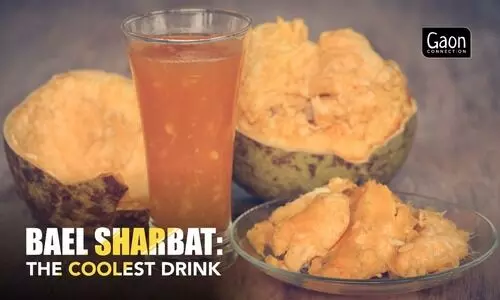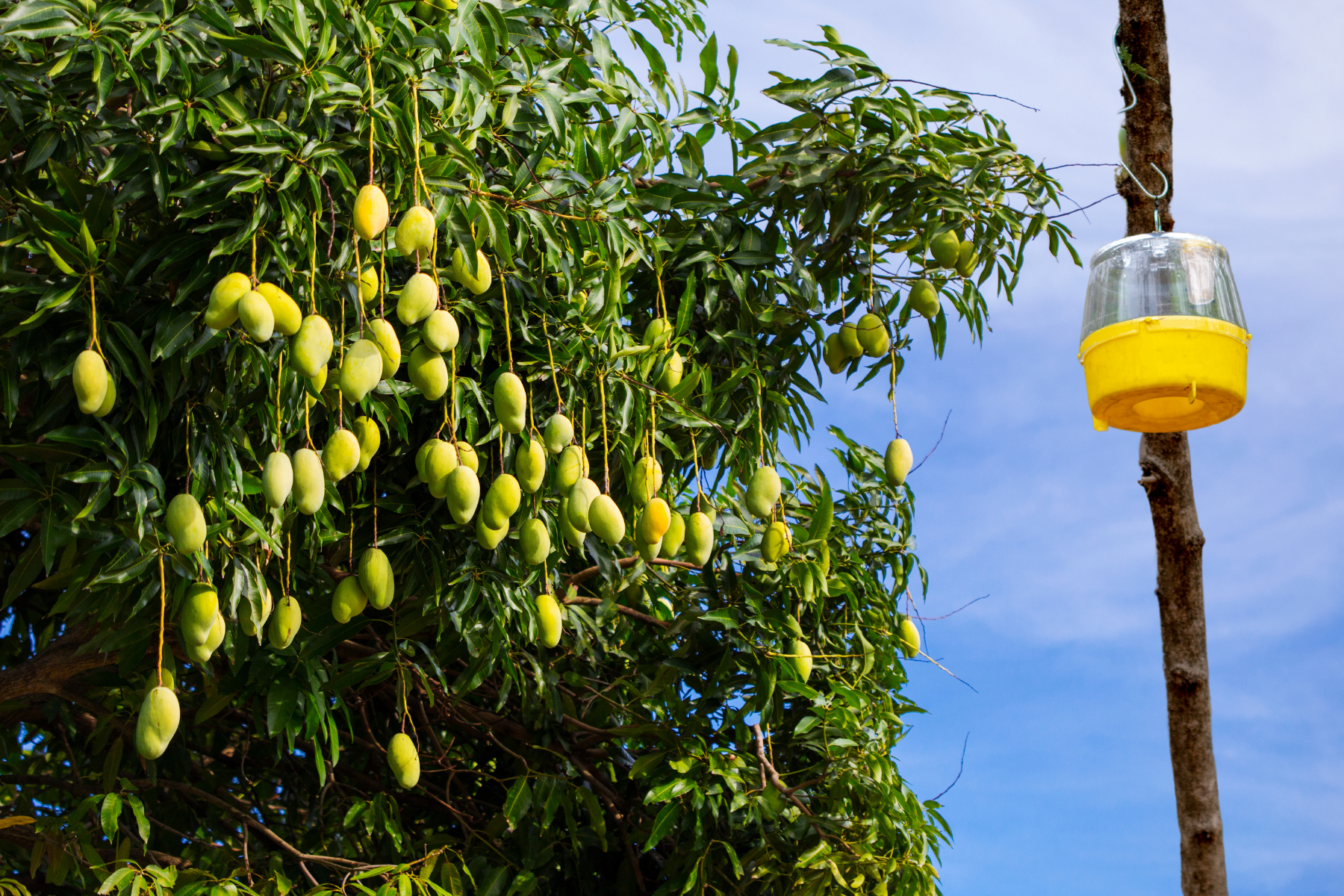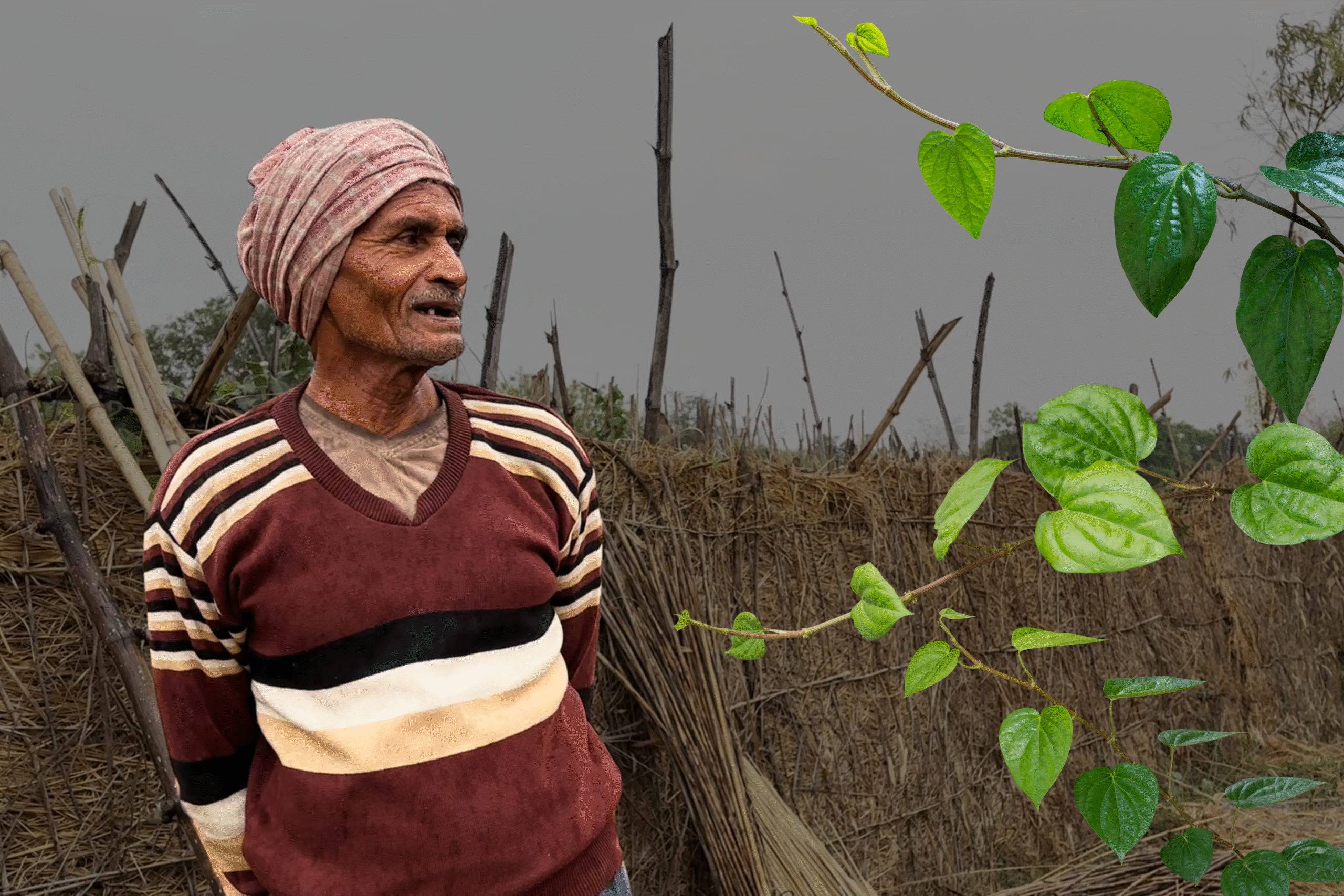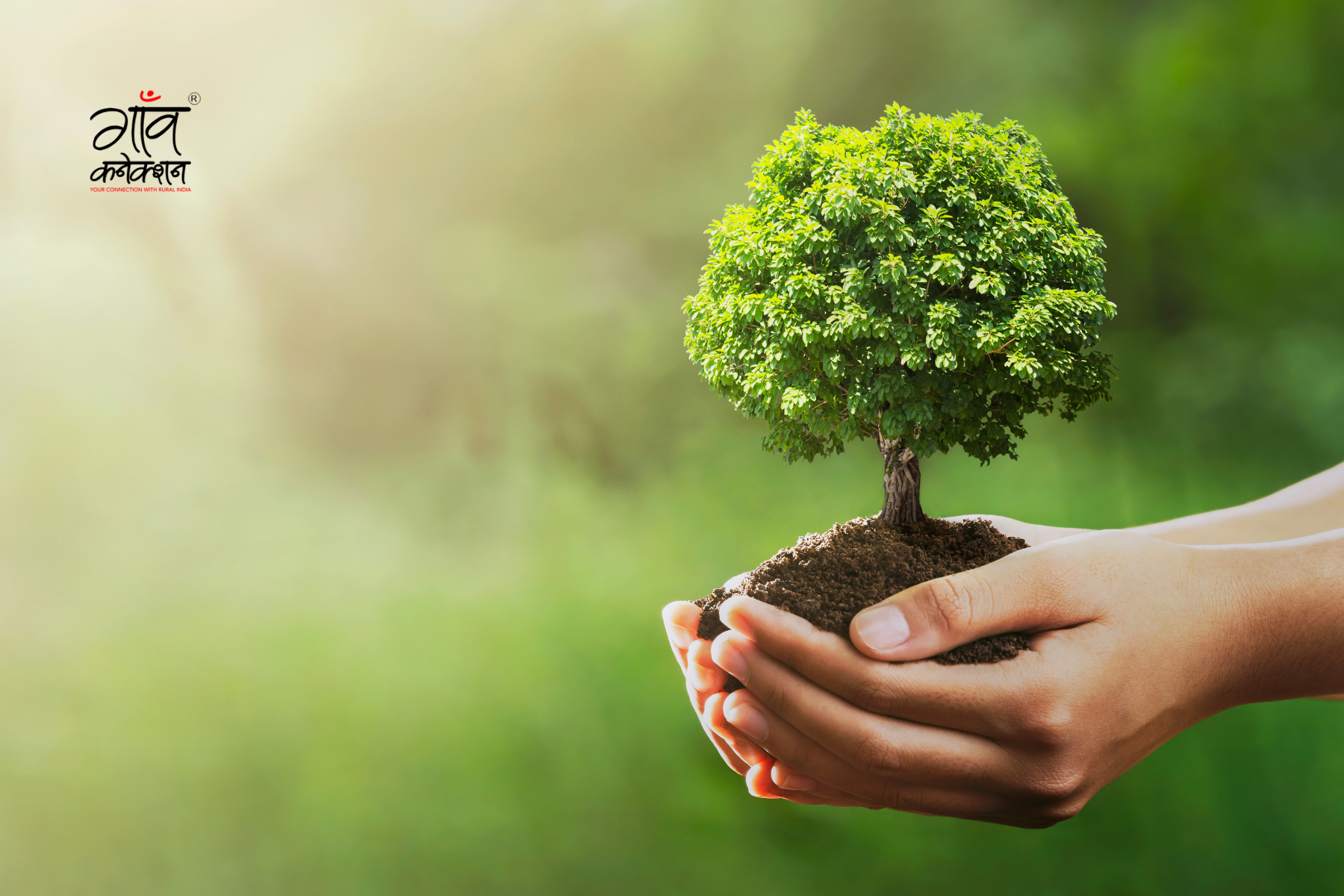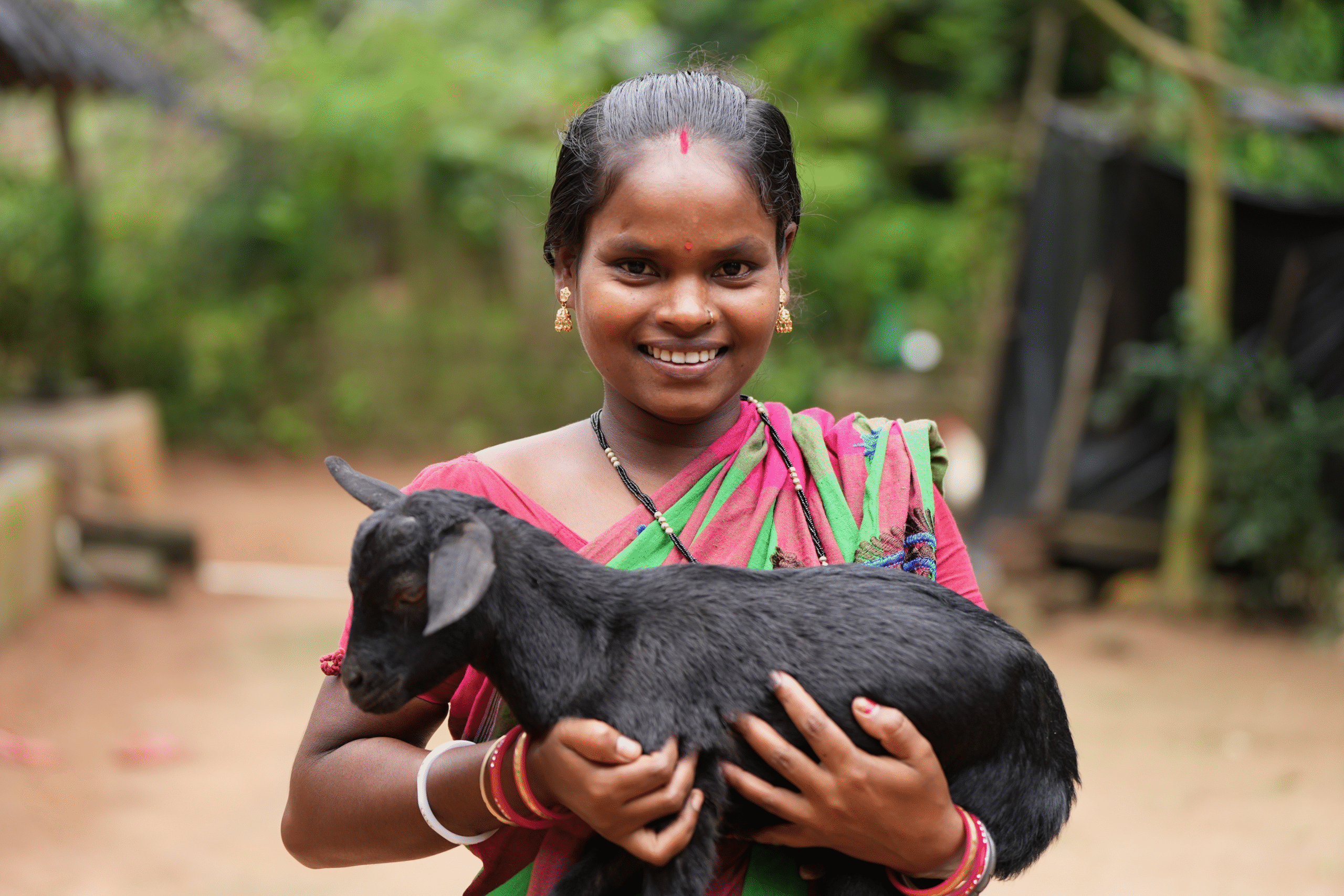Panna, Madhya Pradesh
Sharing space with the tigers, birds, butterflies and other creatures of the jungles in Panna Tiger Reserve are thousands of bael trees (Limonia acidissima or stone apple in English). The trees begin bearing fruit in April and by the time the raging summers are in, their fruits are ready to be plucked and enjoyed.
The bael fruit assumes special significance in sweltering summers of the Indian sub-continent and finds its way into refreshingly cool drinks and even pickles. It is said to be a doughty combatant to the loo that blows over northern India in the summer months.
Every part of the bael tree including its bark, leaves, roots and branches are used in Ayurveda medicines and from ancient times been acknowledged as the tree favourite to Lord Shiva.
Also Read: Climate change fears come true as country witnesses another spell of heat wave
The bael is a forgiving tree that grows in any kind of terrain be it arid, semi arid, scrubland or rocky. And, its fruits burst with nutrition, with calcium, fibre, iron and Vitamins A, B and C.
The perfect gift of Nature
Padmashri Babulal Dhahiya, champion of organic farming, shared a unique characteristic of the bael with Gaon Connection. “The stalks of the fruits are strong and the fruits do not drop off the trees easily. Only when they are fully ripe do they fall off and their seeds take root and germinate with the monsoon rains,” he said. “Except for the elephants and the monkeys, the other animals and birds in the forests shun the fruits,” he said.
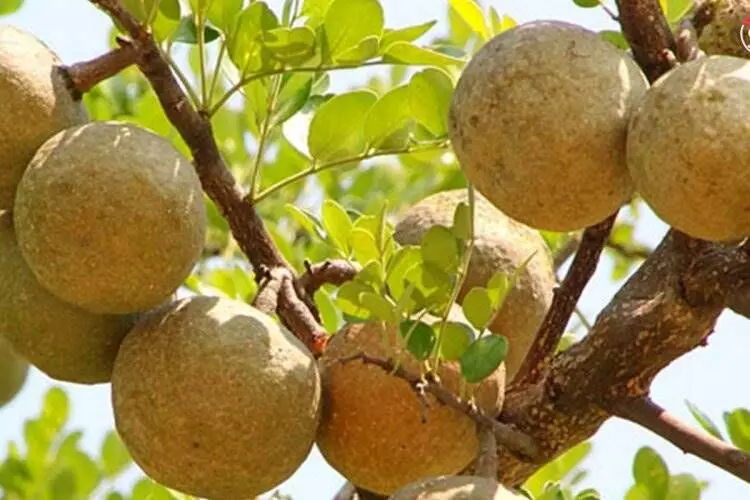
Elephants love the bael fruit and therefore it is often called elephant apple too. And, because it has a woody covering, it gets its name as wood apple.
The bael fruit is a perfect gift of Nature for the summers. It is believed that the nutritious fruit promotes energy, hydrates and keeps exhaustion at bay in the sweltering hot days.
Also Read: Bid goodbye to the winters with these sweet and sour Dogra recipes of Jammu
“When the heat wave sweeps across Bundelkhand, people stock up on bael sherbats and juices. It keeps them cool,” Indra Mani Pandey, a retired employee of the agriculture department, told Gaon Connection. The 72-year-old inhabitant of Silgi village in Panna district described the various ways the bael fruit could be consumed.
“Usually people drink a glass of bael sharbat before they set out of the house in the hot months. It keeps them cool. Many others eat the pulp inside as it is, or soak it in water overnight and consume it the following day,” he said. Yet others, she said, dried the pulp and powdered it into the baelgiri churan, which is beneficial for the system. A murabba made out of the fruit is also a popular summer treat, he added.
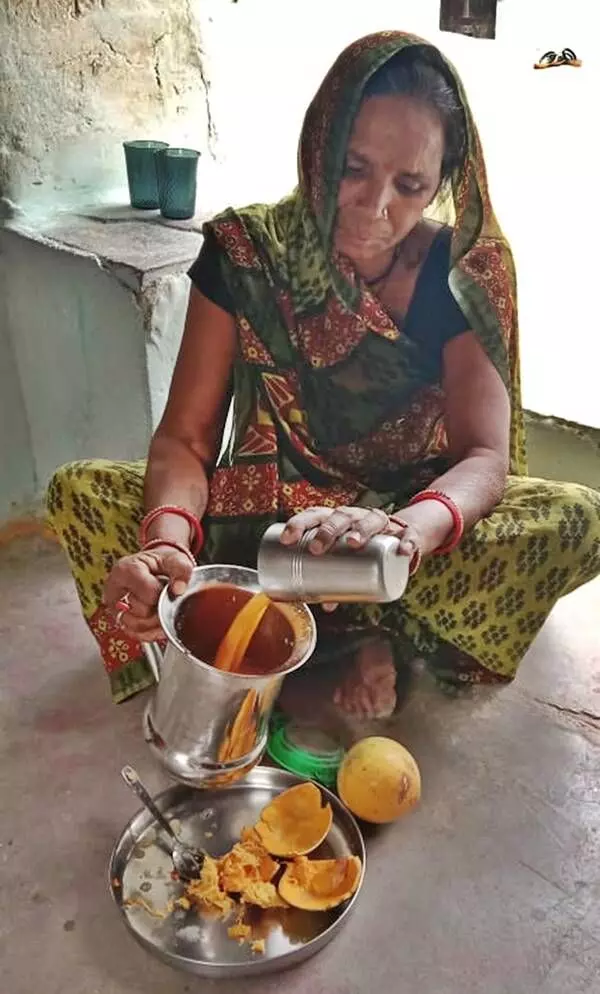
“The bael has tremendous health benefits and builds immunity,” Purnima Gore, a retired teacher, from Benisagar, Panna told Gaon Connection. “Making sharbat out of it is the easiest thing to do,” the 81-year-old added and shared her recipe.
Bael Sharbat Recipe:
Ingredients:
Bael fruit – 1
Water – 1 litre
Lemon – 1
Blacksalt – 1 tsp
Sugar/jaggery – to taste
Procedure:
After plucking the fruit from the tree, its hard skin has to be removed. Then, after removing the hard seed inside, place the pulp in a bowl, add water and mix well. The mixture should then be strained.
Add sugar or jaggery to taste, some kala namak (black salt), a dash of lemon juice would enhance the taste further, and the bael drink is ready to serve with or without ice.
Try out the recipe to stay cool this summer.

